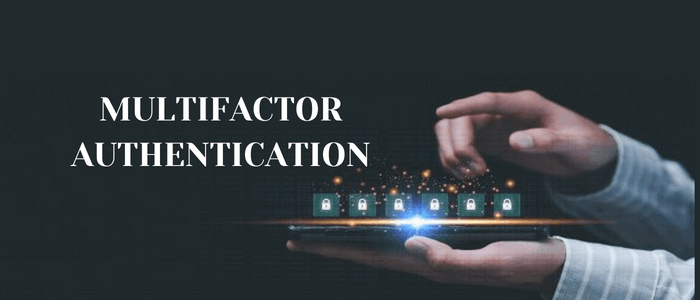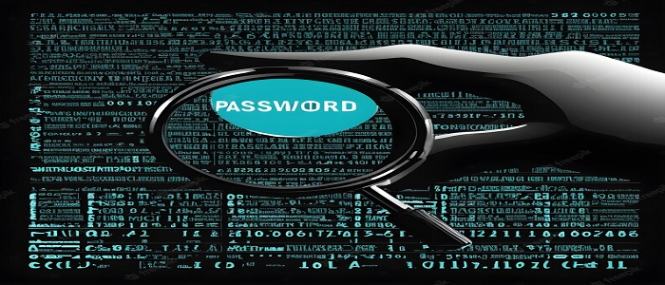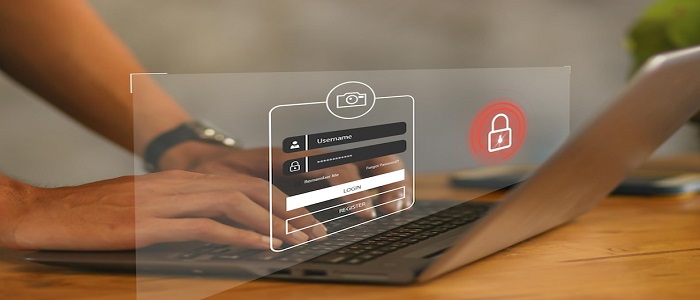You know what’s scarier than a clown convention at midnight? Your online security, or rather, the lack thereof. You might as well be protecting your digital kingdom with a paper fort. That’s where multifactor authentication (MFA) rides in on a trusty steed to save the day. In this quirky journey through online security, we will dive into the deep, password-filled waters and discover the wonders of MFA.
Picture this: You’ve just created an account on a website. What’s the first thing it asks you to do? That’s right, it wants you to pick a password. Passwords, the digital equivalent of a secret handshake. We’ve all been there, juggling uppercase, lowercase, numbers, and special characters, only to forget it the next day.
Multifactor Authentication and its Importance
Imagine if your secret handshake had backup dancers, singers, and a giant neon sign. That’s multifactor authentication, or MFA if you want to be fancy. MFA goes beyond the “one password to rule them all” mentality. It’s like adding extra locks to your digital treasure chest. You need not just one key but a combination of keys to get in. It’s the ‘Fort Knox’ of the online world.
Multifactor Authentication typically involves three categories of authentication:
Something you know: This is your good old password. The one you should never write on a sticky note and stick to your monitor. Remember, we live in the digital age, not the Middle Ages.
Something you have: Could be your smartphone, a smart card, or a USB token. You need to possess this item to gain access physically. Thieves can’t steal what they can’t touch!
Something you are: Biometrics, baby! This is your fingerprint, face recognition, or even retina scans. It’s like your device looking at you and saying, “Hey, you look legit!”
MFA is crucial because it adds layers of security. Even if a hacker cracks your password, they still can’t get in because they lack the other factors. It’s like trying to get into a party with just a hat and a fake mustache after forgetting your invitation.
Implementing Multifactor Authentication
So, how do you bring MFA into your digital life? Well, it’s easier than convincing a cat to take a bath (seriously, don’t try it). Most online services nowadays offer MFA options.
Here’s a quick guide on how to set it up:
- Step 1: Log in to your account.
- Step 2: Go to the security settings (usually under “Account” or “Profile”).
- Step 3: Look for MFA or Two-Factor Authentication (2FA) settings.
- Step 4: Choose your second factor –a text message, an app, or a hardware token.
- Step 5: Follow the instructions for setup. Voila! You’ve just made your online life a fortress.
The Future of Multifactor Authentication
Now, let’s get into some crystal ball gazing. What is the future of MFA (Multi-Factor Authentication? Will we be unlocking our devices with a wink or a smile? No!, there’s more to it.
Emerging Trends and Technologies in Multifactor Authentication
Behavioral Biometrics: Imagine your device recognizing you by your face and how you type, swipe, or move. It’s like having a digital twin that knows your quirks.
Hardware Security Keys: These tiny devices are becoming increasingly popular. Just plug them in, and they unlock the digital gates. Hackers hate them, by the way.
Mobile-Based Authentication: Your smartphone is your BFF and can also be your security guardian. Apps that generate time-sensitive codes add an extra layer of security.
Predictions for the Future of Multifactor Authentication
Biometric Innovation: As technology evolves, biometrics will become more advanced and secure. From heartbeat recognition to unique gait analysis, the possibilities are endless.
Zero Trust Security: This concept flips the old “trust but verify” approach. In the future, we might only trust people, not even our own devices, once they’ve proven themselves.
Quantum-Resistant MFA: As quantum computing advances, MFA systems must adapt to stay secure. Quantum-resistant algorithms will become the norm.
The Potential Impact of Multifactor Authentication on the Cybersecurity Landscape
MFA is the superhero we need in a world plagued by cyber threats. It can thwart even the craftiest villains, from script kiddies to nation-state hackers. With MFA, businesses can breathe a sigh of relief, knowing their data is safer than a squirrel’s nut stash in winter.
Advantages of Multifactor Authentication

Now, let’s delve deeper into why MFA is the Batman of online security – brooding, serious, but undoubtedly effective:
Enhanced Security: MFA is like the bouncer of the digital nightclub. It doesn’t just check your ID (password), it also frisks you (second factor) and gives you a quick eye scan (third factor) before allowing you in. Good luck sneaking past that!
Protection Against Phishing: Phishing attacks are the sneaky pickpockets of the internet. They try to steal your password, but with MFA, they’d need to steal your phone, your fingerprint, and your face! It’s like trying to pickpocket a whole magician’s hat.
Compliance Requirements: Think of MFA as your trusty compliance sidekick, helping you navigate the treacherous waters of data security regulations. Compliance auditors love it more than they love their office coffee.
User-Friendly: Some say MFA is a hassle, but come on, it’s as hassle-free as ordering pizza online. With one-tap logins and single sign-on, it’s more like a cozy online blanket than a security fortress.
Challenges of Multifactor Authentication
While MFA is a superhero, even superheroes have their quirks:
User Resistance: Some users might grumble about MFA, but hey, they also grumble about having to charge their smartphones. We’ll get used to it, folks. Remember when we grumbled about seat belts?
Compatibility Issues: Not all systems and applications play nice with MFA. It’s like trying to fit a square peg into a round hole. But don’t worry; technology is evolving faster than you can say “MFA.”
Costs: Yes, MFA comes with a price tag. But isn’t it a small price to pay for peace of mind? Think of it as the insurance policy that keeps your digital house safe from cyberstorms.
Case Studies: Multifactor Authentication Success Stories
Let’s jump into the real-life adventures of MFA and how it saved the day:
Google: When Google introduced MFA, the cyber villains trembled in their black hats. Automated bot attacks plummeted like villains thrown off a skyscraper.
Slack: Slack, the champion of team communication, faced a wave of attacks. But with MFA as their trusty sidekick, they sent the attackers packing faster than you can say, “Where’s my coffee?”
GitHub: GitHub, the defender of all things code, had its fortress breached regularly. But once they put MFA in charge, the hackers were left scratching their heads like cartoon characters hit with anvils.
These case studies remind us that MFA isn’t just a security feature; it’s the hero we deserve.
Multifactor Authentication for Personal and Business Use
Multifactor Authentication(MFA) isn’t just for big corporations; it’s for everyone. Whether you’re securing your personal email or protecting your business secrets, MFA’s got your back:
For personal use, set up MFA on your email, social media, and banking apps. It’s like locking your diary in a safe that has another safe inside – safe caption!
For businesses, MFA is your knight in shining armor, protecting the castle of sensitive data. It also saves you from the embarrassment of your employees falling for phishing emails. Think of MFA as that wise old wizard advising the king.
The Psychology of Passwords

Why do people choose weak passwords? The mysteries of the human mind are a lot like trying to understand why cats do anything they do:
Forgetfulness: We forget complex passwords faster than we forget the name of that guy from that movie… You know the one. MFA steps in like a personal assistant with an elephant’s memory.
Optimism Bias: We all believe we’re too cool to get hacked like our online presence is the hottest club in town. MFA is there to keep the digital party crashers out.
Convenience: We’re all about convenience – using the same password everywhere because remembering a gazillion passwords is as fun as dental surgery. MFA adds security without sacrificing your mental sanity.
So, there you have it, folks! MFA is not just a security measure; it’s your online wingman, your digital ninja, and your cyber-fairy godmother all rolled into one. Remember, in the realm of cybersecurity, humor is the secret password, and MFA is the key to keeping the laughter (and hackers) at bay!

